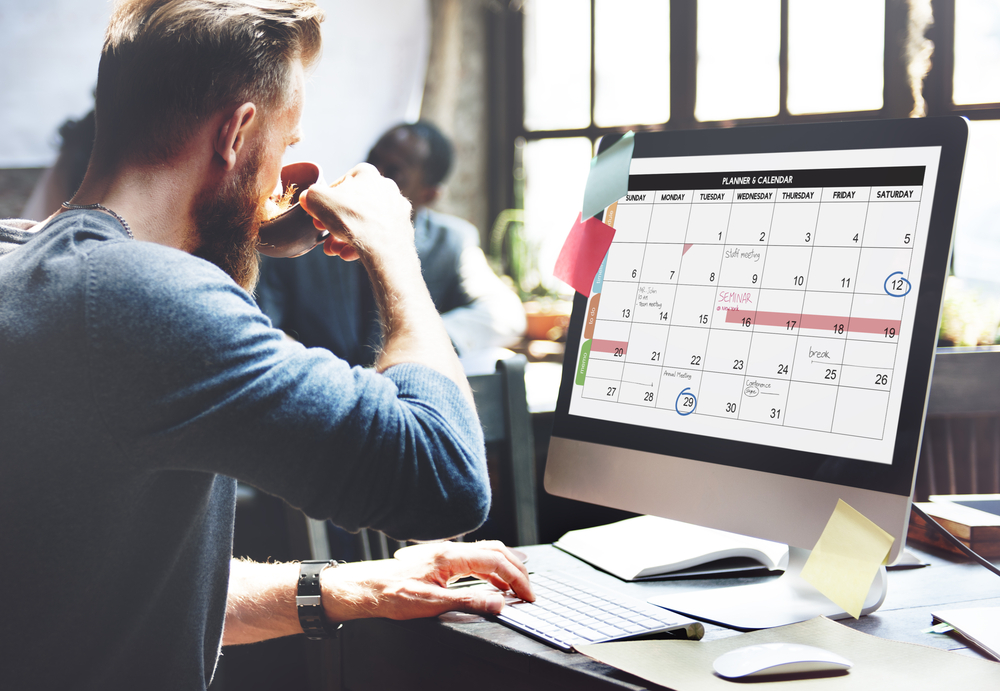
At last, January is over and, with that, the relief that comes with making it through the first month of the year. As an event planner, your focus is now firmly fixed on the months ahead and while you’ve already got a lot on your plate, good data management can help make your life a lot easier. In our last post, we reminded you exactly why data management is worth caring about and now, as we round the curve into February, it’s time to explore exactly how — by carefully organising event data — you can clear your path to success.
Step 1: Actively Audit Before Organising Event Data
Behind each event — behind the artistry of every talented planner — there’s nothing but hard data. Simply put, a planner’s role is to capture and analyse the data generated by each and every one of their endeavours, all while building on that information to create future event success. Data management is an inherent part of the job and, as such, knowing exactly how best to organise all of these many streams of information is crucial to a planner’s work.
But with so much data in hand, the challenge of organising event data is knowing exactly where to begin. As a first step, you as a planner should consider the following questions:
-
- What data do I have? This could be anything from names, emails, stats, figures, etc. But on this point, it’s also worth thinking about where your information is currently stored (i.e., in a spreadsheet, in your event management system, an app, CRM, finance system or even entirely offline, etc.) and, importantly, its age. After all, there’s no point in keeping and organising data if it’s out of date.
- What data do I need? Once you begin to audit the information that you already hold, you’ll likely find that you’ve collected information that you simply don’t need in order to successfully execute your next event. Not only is holding extraneous data a drain on your time and resources, but its continued retention could breach GDPR regulations, thereby putting your organisation and your reputation as a planner at risk. But before you deem any unused information superfluous, it’s also important to bear in mind any details that can help you to effectively report back on your activities to your stakeholders.
- Are the sources of my data reliable and can I glean insight from this data? Do you trust the information you have and is it current and compliant with any relevant data regulations? If not, it will be impossible to gain the insight you need to build future events. And — perhaps more to the point — if you can’t understand and make sense of the data you’ve collected, it’s impossible to use that information to plan for event success.
Step 2: Organising event data in-real time
Once you have a good feel for the data you’ve already got, the data you need and, of course, the overall integrity of the information you currently hold, you can then make a start on organising event data in a way that makes sense to you. This is a key point because you — and your close colleagues — will be the ones to most frequently access and use the data you capture. As a planner — in addition to managing the data you already have — you have the added challenge of capturing and organising event data in real-time, as and when your event unfolds. To that end, think about all the systems, tools and points of contact that you use in the course of every event; there’s registration, check-in and payment systems to consider as well as apps, surveys and social platforms — not to mention the tools you rely on for audience engagement, networking, web analytics, etc.
Even in a best case scenario, you’re responsible for multiple sets and streams of data. This being the case, it’s logical to try and capture this information via systems that are linked to and automatically share information with each other. For example, if you’re planning an event for an association-type group, it would make sense to integrate your event management and your membership systems so that automatic membership checks are already integrated into your registration process. This dispenses with the need for manual checks, thus saving you and your team precious time.
Building on this example, by integrating this information, it means that members of your membership team — in the case of larger associations — will always see accurate data. Imagine: had you not synchronised these two systems, you would have had to manually report the latest data back to your membership team. As an added bonus, linking these systems also means that stakeholders are kept up-to-speed with regards to the activities of both members and non-members around your events. This in turn means that they can make expert and informed decisions in terms of how your activities as a planner could impact and hopefully increase overall engagement. It’s only one example, but it shows the level of insight that can be gained — and likewise, the results that can be achieved — by smart data management.
Congratulations — we’ve made it to February. And now, with these data organisation tips to hand, the path to future event success is just that much easier to navigate.
Running live, virtual or hybrid events? Struggling with organising event data? Give your attendees an event experience they’ll remember with technology you can rely on. Learn how Eventsforce can make your next event fabulous and successful. Book your personalised demo now.






